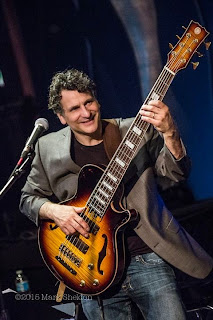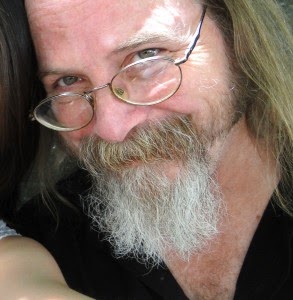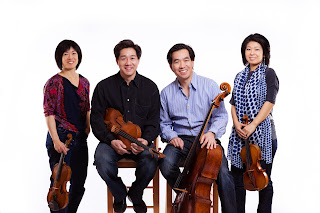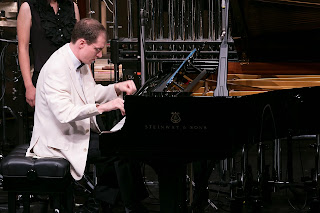At the Jazz Kitchen, the Steve Allee Quintet debuts some new material, most of it by the prolific keyboard maestro

Pianist-composer Steve Allee had new music to share Saturday. Steve Allee continues to write some of the most engaging, agreeably knotty pieces on the local jazz scene. There were a number of such compositions — their concentrated swing linked to perky melodies — on the first set he and his adept quintet played Saturday night at the Jazz Kitchen, the successful SoBro nightclub-restaurant run by his son David. The players on hand to enhance the introduction of these pieces are all familiar faces — some of them over decades, others over just a few years. Among them was another bandleader-composer of distinction, saxophonist Rob Dixon, whose featured works had a similar bounce, elegance, and accessibility. Both men are contributing new pieces inspired by paintings that will be displayed July 19 at an Indy Jazz Fest fundraiser called "Jazz on Canvas." One of them heard Friday night was Dixon's "Ragsdale," named for a local artist and distinguished by a th












.jpg)